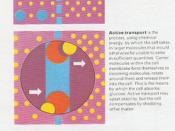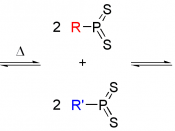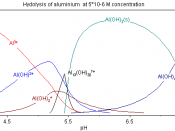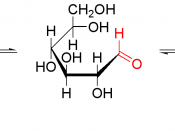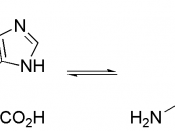Tzvetan Todorov simplified the idea of narrative theory while also allowing a more complex interpretation of film texts with his theory of Equilibrium and Disequilibrium.
The theory is simply this:
* The fictional environment begins with a state of equilibrium (everything is as it should be in a state of equal balance between powers of any kind, where equality of importance or effect exists among the various parts of any complex unity).
* It then suffers some disruption (disequilibrium).
* New equilibrium is produced at the end of the narrative.
There are five stages the narrative can progress through:
1. A state of equilibrium (All is as it should be.)
2. A disruption of that order by an event.
3. A recognition that the disorder has occurred.
4. An attempt to repair the damage of the disruption.
5. A return or restoration of a NEW equilibrium
In these stages, narrative is not seen as a linear structure but a circular one.
The narrative is driven by attempts to restore the equilibrium. However, the equilibrium attained at the end of the story is not identical to the initial equilibrium.
Todorov argues that narrative involves a transformation. The characters or the situations are transformed through the progress of the disruption. The disruption itself usually takes place outside the normal social framework, outside the 'normal' social events (e.g., a murder happens and people are terrified or someone vanishes and the characters have to solve the mystery).
In summary:
* Narratives don't need to be linear.
* The progression from initial equilibrium to restoration always involves a transformation.
* The middle period of a narrative can depict actions that transgress everyday habits and routines.
* There can be many disruptions whilst seeking a new equilibrium (horror relies on this technique).
